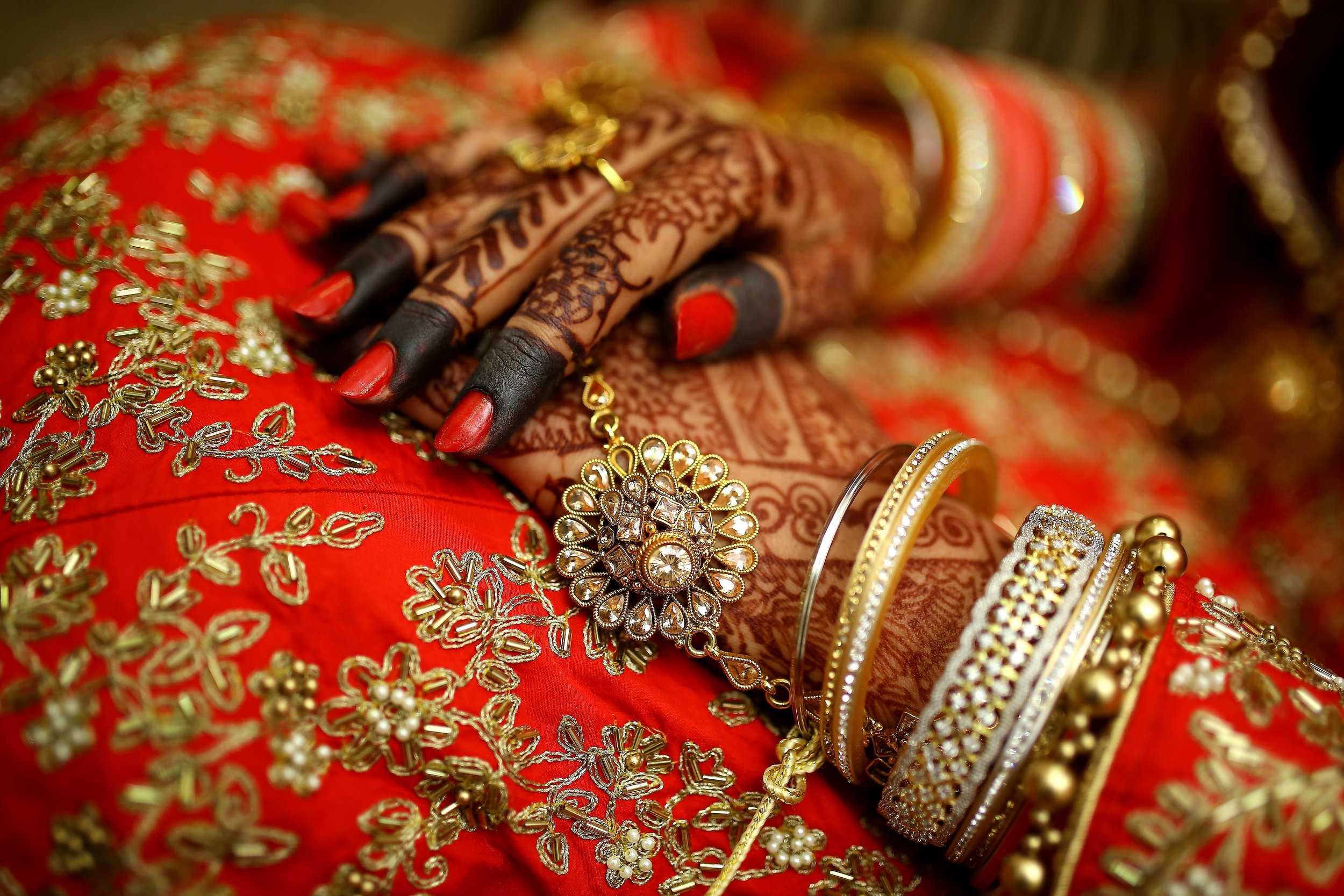The Different Styles of Traditional Tattooing: An Overview
Are you're considering getting a traditional tattoo? You're in the right place. In this blog, we'll be exploring the various styles of traditional tattooing, including Japanese, American, and Polynesian traditional tattooing, as well as other styles that have influenced the traditional tattooing world.
We'll also be discussing the best fonts for tattoos, and the role of the traditional tattoo artist in helping you choose the right style for your tattoo.
Let's dive in!
What Is Traditional Tattooing?
If you're considering getting a traditional tattoo, you might be wondering what exactly that means. Traditional tattooing refers to the classic, old-school style of tattooing that originated in the early 20th century. It's characterized by bold, simple designs that are often outlined in black and filled in with solid blocks of color. Traditional tattoos are often inspired by iconic Americana imagery, such as pin-up girls, eagles, and anchors.
Traditional tattooing has a rich and fascinating history. It can be traced back to the early 1900s, when tattooing was first becoming popular in the United States. At the time, tattooing was mostly associated with sailors, who would get tattooed as a way of marking their travels and experiences. The designs were often simple and straightforward, with a focus on bold lines and strong, solid colors.
As tattooing became more mainstream, tattoo artists began to develop their own styles and techniques. Some, like Sailor Jerry, became famous for their distinct style of tattooing, which combined traditional Americana imagery with Asian influences. Others, like Ed Hardy, became known for their bold, colorful tattoos that incorporated a wide range of styles and influences.
The Different Styles of Traditional Tattooing
There are several different styles of traditional tattooing, each with its own unique characteristics and influences. Here are a few of the most popular styles:
Japanese Traditional Tattooing: Japanese traditional tattooing, also known as irezumi, is characterized by large, elaborate designs that often cover the entire body. These tattoos are often inspired by Japanese folklore and mythology, and often feature intricate, detailed designs of dragons, snakes, and other mythical creatures.
American Traditional Tattooing: American traditional tattooing is characterized by bold, simple designs that often feature iconic Americana imagery, such as eagles, anchors, and pin-up girls. These tattoos are often outlined in black and filled in with solid blocks of color.
Polynesian Traditional Tattooing: Polynesian traditional tattooing, also known as tatau, is characterized by large, bold designs that often cover the entire body. These tattoos are inspired by the cultural traditions of the Polynesian islands, and often feature designs of animals, plants, and other natural elements.
Other Styles of Traditional Tattooing: There are many other styles of traditional tattooing, each with its own unique characteristics and influences. For example, there's Mexican traditional tattooing, which is characterized by bright, colorful designs that often feature Day of the Dead imagery. And there's also South American traditional tattooing, which is characterized by bold, geometric designs inspired by indigenous cultures.
What Is the Best Font for Tattoos?
When it comes to getting a traditional tattoo, font choice is an important consideration. The right font can help to enhance the overall look and feel of your tattoo, and can also help to convey a particular message or meaning. So, what is the best font for tattoos?
There are a few factors to consider when choosing a font for a traditional tattoo. First, you'll want to consider the size and placement of your tattoo. A larger tattoo will typically be more visible, so you'll want to choose a font that is easy to read and that stands out. A smaller tattoo, on the other hand, might be more suited to a more delicate or intricate font.
Next, you'll want to consider the style of your tattoo. Different fonts will work better with different styles of tattooing. For example, a more formal or elegant font might work well with a Japanese traditional tattoo, while a bold and edgy font might be more suitable for an American traditional tattoo.
There are many popular fonts used in traditional tattooing, including classic serif fonts like Times New Roman and Garamond, and more modern sans serif fonts like Arial and Helvetica. It's important to experiment with different fonts to find the one that works best for your tattoo.
The Role of the Traditional Tattoo Artist in Choosing a Style
When it comes to choosing the right style of traditional tattooing for your tattoo, it's important to work with a skilled and experienced traditional tattoo artist. A good tattoo artist will be able to help you choose a style that suits your personal taste and style, and that also aligns with your tattoo's meaning and symbolism.
A traditional tattoo artist near me will be able to give you more information about the different styles of traditional tattooing and help you choose the one that's right for you. They'll also be able to give you advice on the best font for your tattoo, as well as help you design a unique and meaningful tattoo that reflects your personal style and interests.
Wrap Up!
Traditional tattooing has been around for over a century, and it shows no signs of slowing down. Its enduring appeal lies in its bold, simple designs and the rich cultural and historical significance of many traditional tattoo styles.
Whether you're looking for a Japanese traditional tattoo, an American traditional tattoo, or something entirely different, there's a style of traditional tattooing that's right for you. So, if you're thinking about getting a traditional tattoo, be sure to do your research and work with a skilled and experienced traditional tattoo artist to create an awesome tattoo for you.


